By Rabbi Yair Hoffman for 5TJT.com
This author recently had the opportunity to observe, up close, a highly functional individual who also has Down syndrome. The opportunity has caused the author to suggest that we should re-explore a number of underlying assumptions in regard to various aspects of how halacha and Downs Syndrome intertwine. Previously, this author had posed a number of questions to the author of the Tzitz Eliezer as well as to Rav Yisroel Belsky zt”l and to Rav Dovid Feinstein zt”l on behalf of others. These questions had to do with both halacha and hashkafa.
THE CHOFETZ CHAIM, THE CHAZON ISH, AND OTHERS
It is well known that both the Chofetz Chaim and the Chazon Ish (and many other Gedolim as well) had remarkable love, respect, and admiration for individuals with Down syndrome. Indeed, Rav Moshe Shapira (Yerushalayim) once explained that those with Down syndrome are always in a state of simcha because they have the absolute purest of neshamos.
Anyone that has interacted with such a person understands Rav Shapira’s point immediately.
Rav Yitzchok Zilberstein shlita once remarked, “There is no doubt that every single person with Down syndrome was a tzaddik and a great man in Torah who was given another opportunity to rectify something down here on earth.”
Rav Yechezkel Levenstein zt”l once told a mother of an individual with Down’s syndrome – “If you fully knew the happenings in shamayim here – you would go out to the streets of the city and dance with joy!”
BACKGROUND
Just for some background (and maybe we should be teaching this in our high school biology texts), Down syndrome is something that occurs when babies are born with extra chromosome 21 material in their cells. Down syndrome has another name too – it is also called, “trisomy 21.” Trisomy 21 means there are 3 copies of chromosome (somy) number 21.
There are three main types of Down’s syndrome:
- There is the most prevalent type (94%) which is called, “regular trisomy 21” or “standard or free trisomy 21.” In this type, all the person’s cells have an extra chromosome 21.
- There is a second type which is much less prevalent (4%) and called, “Translocational Down’s syndrome.” In this type, extra chromosome 21 material is attached to another chromosome.
- The third type is called Mosaic (2% prevalence). In this type only some of the cells have an extra chromosome 21.
THE EARLY INTERVENTIONS
Early intervention programs can certainly improve skills, and they are getting better and better. These programs often combine speech therapy, physical therapy, occupational therapy and educational therapy. The combination of support and treatment (at least before COVID) are often game-changers.
Recently, L’oreal signed on a model who has Down’s Syndrome, and there are television shows in England with famous actors who have Down’s syndrome such as Tommy Jessop and Chris Burke. A recent Jessop episode featured the topic of police abuse of someone with Down’s sundrome and Jessop tackled the issue head-on. Indeed, there is now a talent agency in Hollywood, California (KMR Talent Agency) that specializes in clients with Downs Syndrome. As of 2019, the agency was responsible for some three million dollars in business per year.
THE HALACHIC QUESTIONS
Is someone who happens to have Down syndrome fully obligated in Mitzvos? What is the extent of his or her obligation? Can he lein from the Torah at his Bar Mitzvah? What halachic obligations exist in regard to providing for their chinuch – on an individual basis as well as on a communal basis? What about marriage for the highly functional? How much of the family’s capabilities should be taken into account?
Before the opportunity to observe, this author was under the working assumption that there are no general halachos that can be stated in regard to individuals with Downs’ Syndrome and that each situation must be determined on a case-by-case basis. And while that assumption is still valid, what has changed in this author’s mind is – how can we ever know or predict? Can tacit halachic assumptions be made on any of the three types mentioned above?
The individual that I had the opportunity to observe had a great sense of humor, had highly developed social skills, advanced language skills, and had excellent cooking and kitchen preparation skills. Some things he was able to manage on his own without any assistance whatsoever, and some things he was able to do after it was demonstrated to him once. But the coleslaw (no assistance) and the sliders (minimal assistance) were out of this world.
Obviously, this individual’s parents had taken full advantage of the new developments and thoughts in educating individuals with Down syndrome, and the results were very impressive. But do we apply the maxim of Hillel mechayev es haAniyim, in other words, if Hillel (the great sage) could do it – so can others here?
THE HALACHIC ISSUES
In light of all of the above, it is most difficult to understand the position of the Tzitz Eliezer in Vol. XIV #101 and #102 and Vol. XV #43:4) which permits selecting against continuing such a pregnancy even up until the 7th month if the parents mental health will deteriorate to the point where they will be unable to function. The position of Rav Moshe Feinstein zt”l (Igros Moshe Choshain Mishpat Vol. II #69) has become the halachic norm.
There is no question that the overwhelming majority of Poskim rule that a Bris is performed on time and on Shabbos. This is the ruling of Rav Moshe Feinstein zt”l, Rav Ovadya Yoseph zt”l, and lbc”l Rav Chaim Kanievsky.
Rav Shlomo Zalman Auerbach zt”l ruled that a child with Down’s syndrome who is highly functional must have a Bar Mitzvah and is fully chayav in Mitzvos.
The issues of marriage have been addressed in such publications as Assia (Vol. 61 and 62 p. 131), but this author is not sure if that author’s conclusion, discouraging it in virtually all cases, is still applicable. That article was published in 5758 and now it is 24 years later. In many cases, it seems that if there is someone on the case – a marriage of two highly functional people with Downs may be quite viable. There have been a number of cases of such marriages, and to the surprise of many of those who initially had doubted the viability of such marriages – they worked. Two months ago, the husband of one of the more famous couples, Tommy and Maryanne Pilling, had passed away. It was a model marriage and lasted for 25 years.
This author is not recommending it for all cases, but it is this author’s belief that the issue should be re-examined by the Poskim.
The author can be reached at yairhoffman2@gmail.com

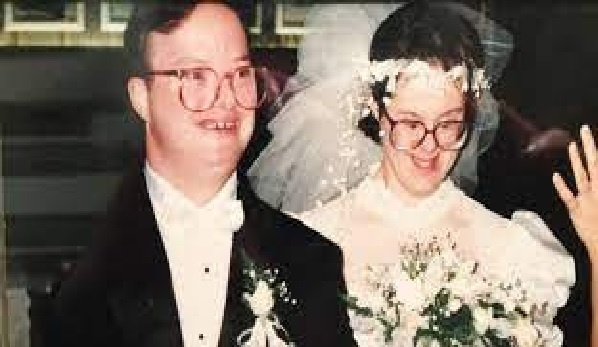
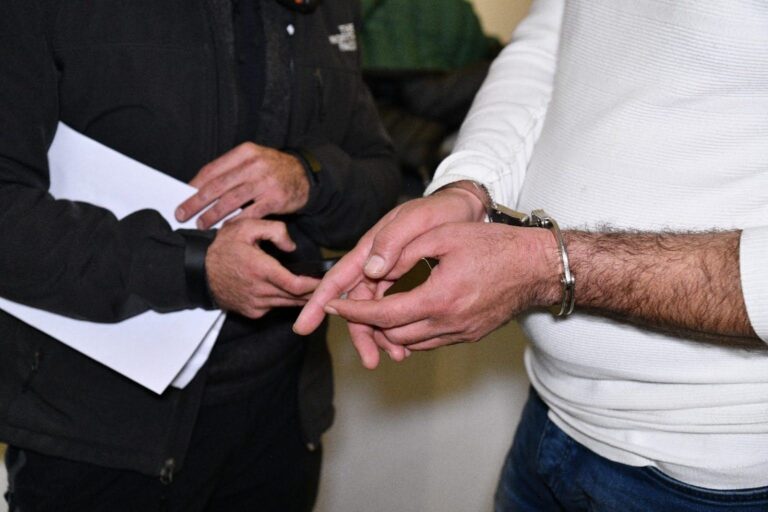


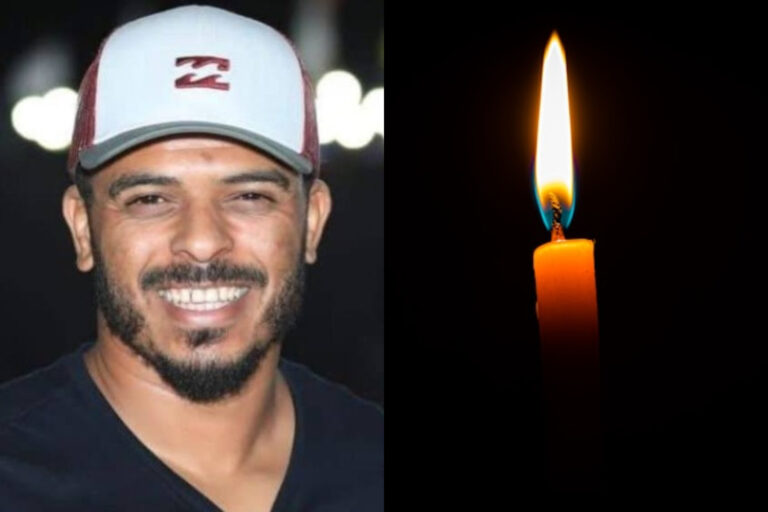
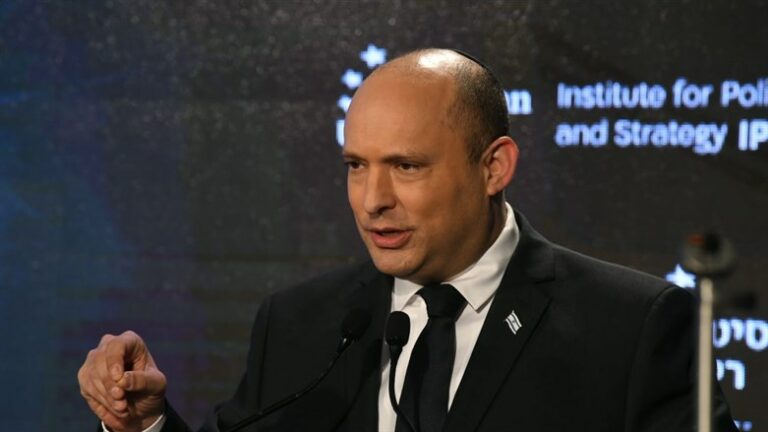

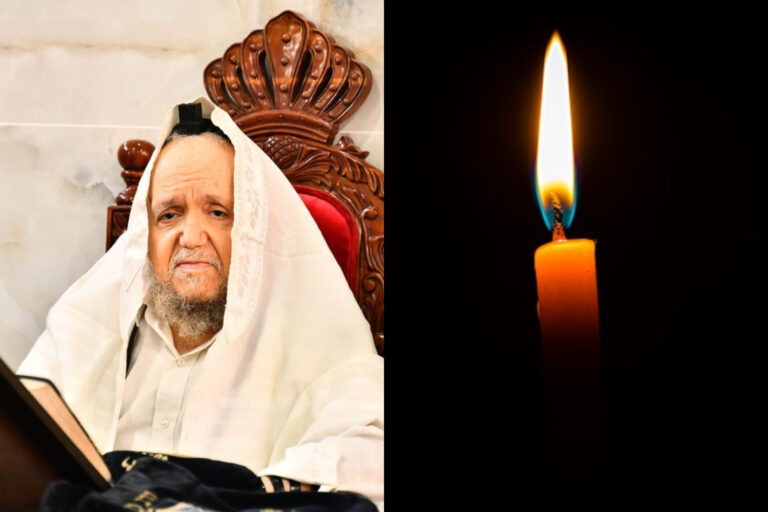
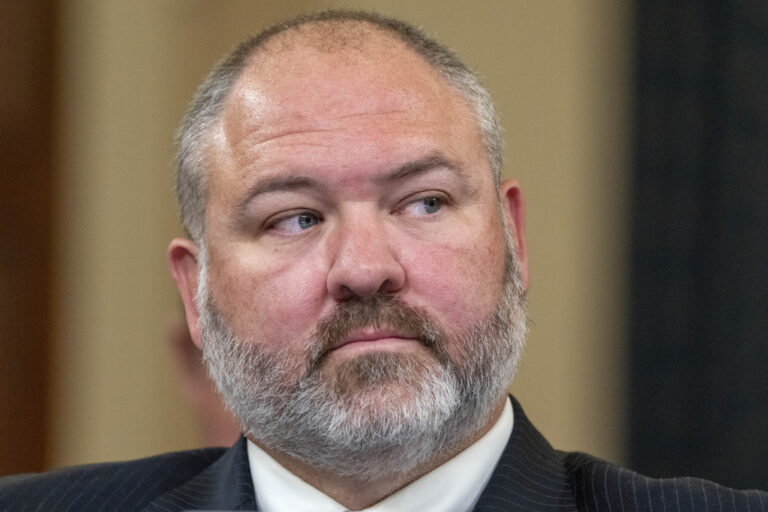


One Response
Thank you for this useful information. Now I know that the mushchasim at the modeling agencies and in the entertainment industry (whose sole purpose is to make money, with zero interest in improving humanity one iota) have shown great love to those with Down’s. This is something I didn’t know earlier, as I don’t have enough occasion to engage with their products, so I am glad that someone out there was able to take the time out of his (presumably) busy schedule to dredge the trenches. I am truly enlightened. And inspired.